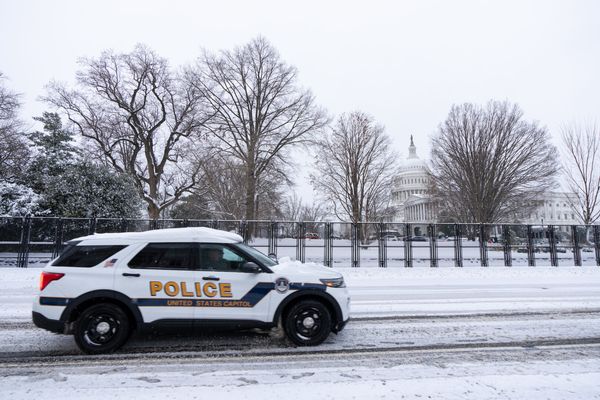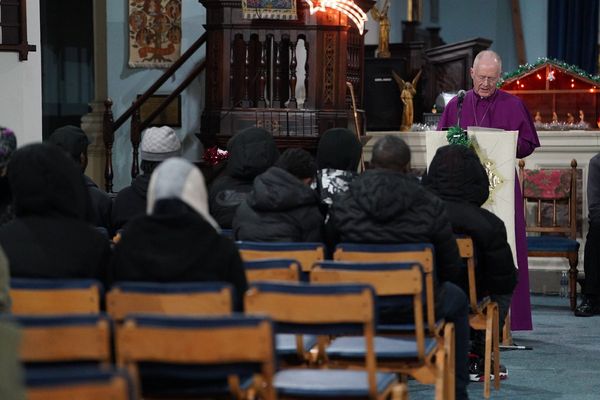A court battle that lasted for a little more than two decades over whether to open floodgates built as part of a state land reclamation project in Isahaya Bay was effectively brought to an end by the latest Supreme Court ruling.
A legally twisting situation, in which rulings over whether to open the gates in a dike in Isahaya, Nagasaki Prefecture, were split among different courts, was resolved, but deep confrontation remains between the central government and people engaging in the local fisheries industry who have sought the opening of the gates, and further possible twists and turns are expected before a complete settlement of the issue.
The Agriculture, Forestry and Fisheries Ministry has long indicated its policy of not opening the gates, instead aiming for reconciliation through a fund worth about 10 billion yen to promote the local fisheries industry.
A senior ministry official said, "The ministry will continue to aim for settlement of the issue based on the fund and will make fresh arrangements within the government regarding the size of the fund and other factors."
However, the local fisheries industry has already voiced opposition to the ministry's stance. For example, one person in the industry said, "I don't think the sea will return [to its original condition] without opening the gates."
Administration change
One reason that the legal battle over the land reclamation project continued for more than 20 years is that the policy of the central government on whether to open the gates has changed with the change of administrations.
Regarding a lawsuit filed in 2002 by fishermen and others, the Fukuoka High Court handed down a ruling in December 2010 ordering the central government to open the gates, following the ruling by the Saga District Court. Then Prime Minister Naoto Kan, who was elected from the then ruling Democratic Party of Japan, opted not to appeal to the Supreme Court based on his political judgment, thereby allowing the high court ruling to be finalized.
However, since the Liberal Democratic Party returned to power in 2012, the central government has made clear that its stance is not to open the gates.
As for another lawsuit filed by local farmers, when the Nagasaki District Court ordered the central government not to open the gates in April 2017, the government again refrained from appealing to a high court, and the then agriculture minister said the government would face the issue by making clear its policy not to open the gates.
To resolve the protracted legal tension between one finalized court order to open the gates and another court order not to open them, the central government filed a lawsuit seeking the nullification of the finalized court order, asking not to be forced to open the gates.
During the lawsuit, the central government cited many grounds for "changed circumstances" after the finalized court order, such as the catches of main commercial fishes around Isahaya Bay being on the rise and the increasing occurrence of heavy rain in recent years.
The Fukuoka High Court fully accepted the argument of the central government in March 2022, and the Supreme Court backed the high court decision this time.
"It's possible to take the top court ruling this time positively, meaning that a unified court decision would become a foothold for achieving the settlement of the issue," said Kazuhiko Yamamoto, a professor of civil procedure law at Hitotsubashi University.
"But, taking into account the fact that the central government showed an insincere stance by not following the court order that it had finalized itself, it needs to sincerely face up to the local people concerned."
Read more from The Japan News at https://japannews.yomiuri.co.jp/







